“It if hadn’t been raining in Flagstaff, ‘Hollywood’ would now be ‘Flagstaff’,” Charlton Heston once noted. He was remembering how Cecil B DeMille, who directed the actor in The Ten Commandments, almost set up business in that small Arizona city but, deterred by untypical rain, drove on to the emerging Los Angeles neighbourhood. What developed was the most extraordinary melange of art and commerce in American history.
Furious debates still rage about when Hollywood’s golden age ended. One can fairly set the starting point around the arrival of sound, in 1927. Purists will claim the end came in 1948, when an antitrust case challenging the links between production and exhibition heralded the demise of the all-powerful studio system. Equate that with the fall of Rome, in 476.
More generous minds will tie the golden age to a style of classical Hollywood film-making that stuttered in the early 1960s and collapsed completely with the “Easy Riders and Raging Bulls” crowd of the 1970s. Maybe The Sound of Music still counted. But Midnight Cowboy most certainly did not. Equate that demise with the fall of Constantinople, in 1453.
At any rate, enthusiasts for Hollywood’s defining years know it when they see it, and they will see plenty in a beautiful new two-volume curation of photos from Life magazine’s 36-year engagement with the medium. The book reminds us just how complete the studios’ control was over stars, directors, composers, writers, costume designers and all the rest of the creative cabal.
Victoria Beckham in Dublin: ‘I got married here a long, long time ago so it’s always great to come back’
Regretting working outside the home: ‘We’re told to parent like we don’t work. And work like we don’t parent’
Three new Michelin stars for Galway, Laois and Kildare restaurants show trend for great food outside Dublin
“MGM was a self-contained town, a buzzing hive of industrial activity with 30 soundstages and standing back lot sets,” the text notes. There was a company dentist. There were all varieties of restaurants. As the savage novels of James Elroy note, the studios were not there just to fix your nose; they were also there to tidy away any sexual or financial embarrassments.
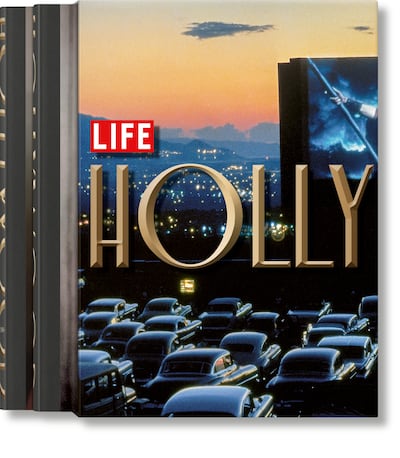
Peter Stackpole’s 1942 photograph of Errol Flynn ascending the mast of his yacht, included in volume one of Life, Hollywood, has the dynamic unreality of a comic book. Yet a note in the caption informing us Flynn was accused of rape on that very voyage plays as a deliberate reminder of the swampy foundations on which the glitzy Hollywood edifice rested.
For the most part, however, the book is in the business of pressing home the potency of golden-age image making. The beautiful iconography is on a scale comparable to that of Jacques-Louis David’s graphic deification of Napoleon. Or Caravaggio’s cinematically lit Jesus. Here is Philippe Halsman’s picture of Elizabeth Taylor, blankly cocking head to one side, in drooping folds of couture from 1948.
It is worth thinking about that date. The complete star is in place. She has already the jet-age charisma that would carry her through two marriages to Richard Burton and her establishment as the definitive celebrity of the postwar era. Yet she was still only 16. One senses a conscious effort to transition the star of Lassie into the star of A Place in the Sun.
As the 1950s progressed the industry worked its transformations on pretenders to Taylor’s crown. In an essay for the Life book, Lucy Sante sees Hollywood setting two blond woman at distant points on the spectrum. Marilyn Monroe was “consistently cast as women of much lower intelligence than her own”, whereas “Grace Kelly, lace-curtain Irish from Philadelphia”, offered an “embodiment of chastely untouchable womanhood”. Elsewhere, Maureen O’Hara, fresh out of Ranelagh, was presented as sensible, well-covered-up older sister.
The danger here is the real women – and men, for that matter – get lost in conversations about the transformative genius of the image technologists. Presentation helped the golden-age stars burn brighter, but only those with inner magnetism and presentational intelligence managed to endure and flourish.
Look at those gathering about Louis B Mayer on the occasion of his 60th birthday. Such emperors moulded the likes of Greer Garson, Jimmy Stewart and Katharine Hepburn, but, with those strong personalities, the singular will remained unmistakable.
As Hollywood changed in the 1960s, the stars made efforts to get their “real selves” before the public. Often this just led to a different school of deception. James Coburn, commenting on his pal Steve McQueen being photographed in various gritty locales – camping, shooting, sparring – declared, “It was all a charade.”
When the studio system vanished, a mystique shrivelled with it. One thinks of what Walter Bagehot, author of The English Constitution, had to say about monarchy. “Its mystery is its life,” he wrote. “We must not let in daylight upon magic.” The images of Hollywood’s golden age present a royalty as lost to us now as the Phoenicians.
LIFE: HOLLYWOOD – THE PHOTOGRAPHS
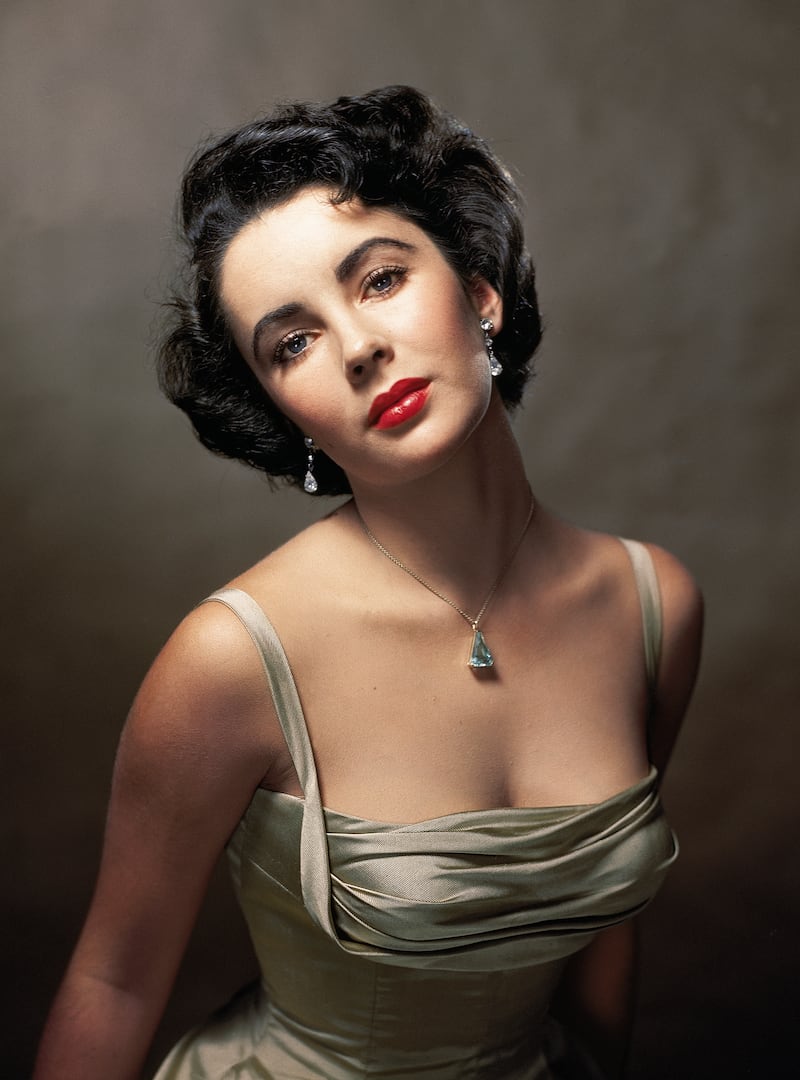
Elizabeth Taylor
Philippe Halsman, New York, 1948
Taylor is remembered for screen-scorching performances in A Place in the Sun, Giant and – one of her two Oscar wins – Who’s Afraid of Virginia Woolf?, but it was her off-screen gift for encapsulating the platonic ideal of the movie star that secured legendary status.
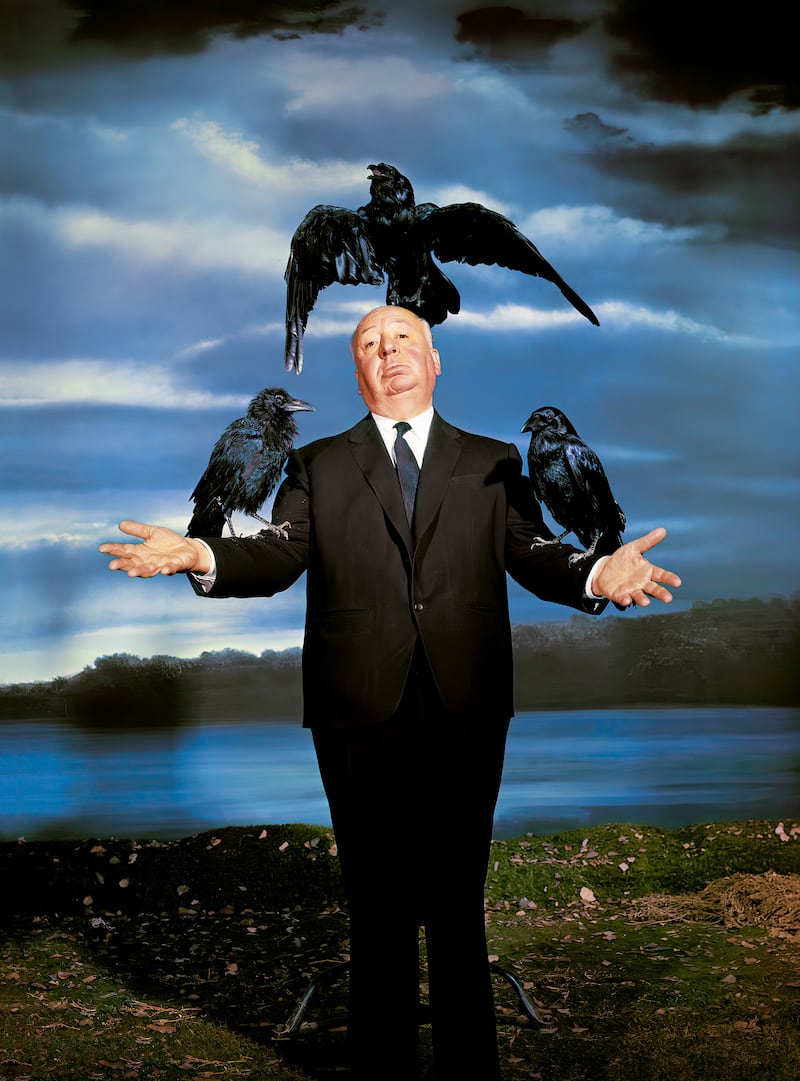
Alfred Hitchcock
Philippe Halsman, Universal Studios, 1963
By the time this striking image was taken – Hitch nonchalant with titular villains from The Birds – he had passed from mere “master of suspense” to a favourite of the French critics whose influence would change Hollywood forever.
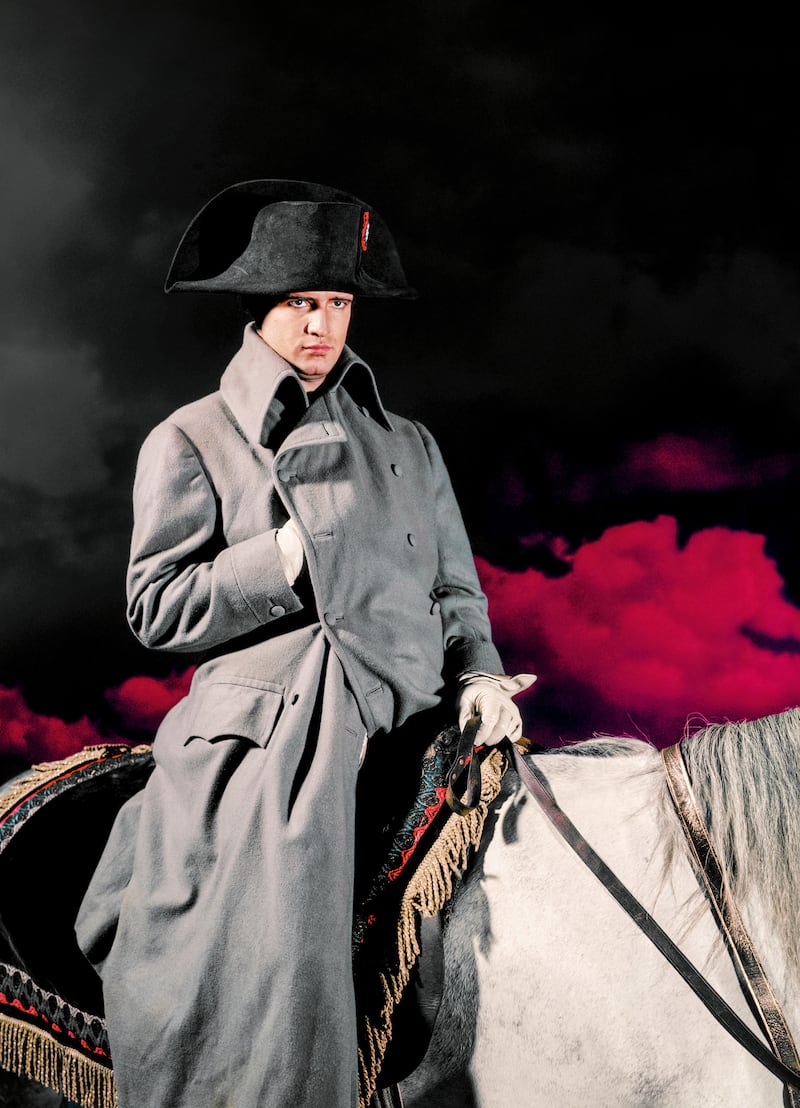
Marlon Brando
Loomis Dean, Hollywood, 1954
Life liked to picture Brando – John the Baptist for the method school – as a brooding, eccentric outsider. But he was not so outside the mainstream that he wouldn’t get on a horse and grumble out an indifferent Napoleon in Henry Koster’s soapy Désirée.
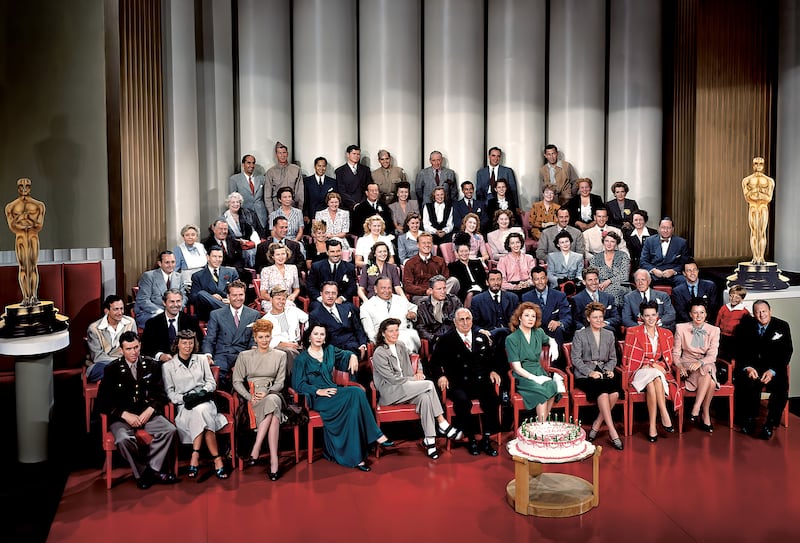
Louis B Mayer’s 60th birthday
Uncredited, Hollywood, 1944
No more persuasive picture of Hollywood in its pomp exists. Mayer, founder of MGM and the most highly paid man in the United States, celebrates his 60th surrounded by attendant demigods. Greer Garson and Katharine Hepburn get to sit at either hand. Gene Kelly can’t even make the front row.
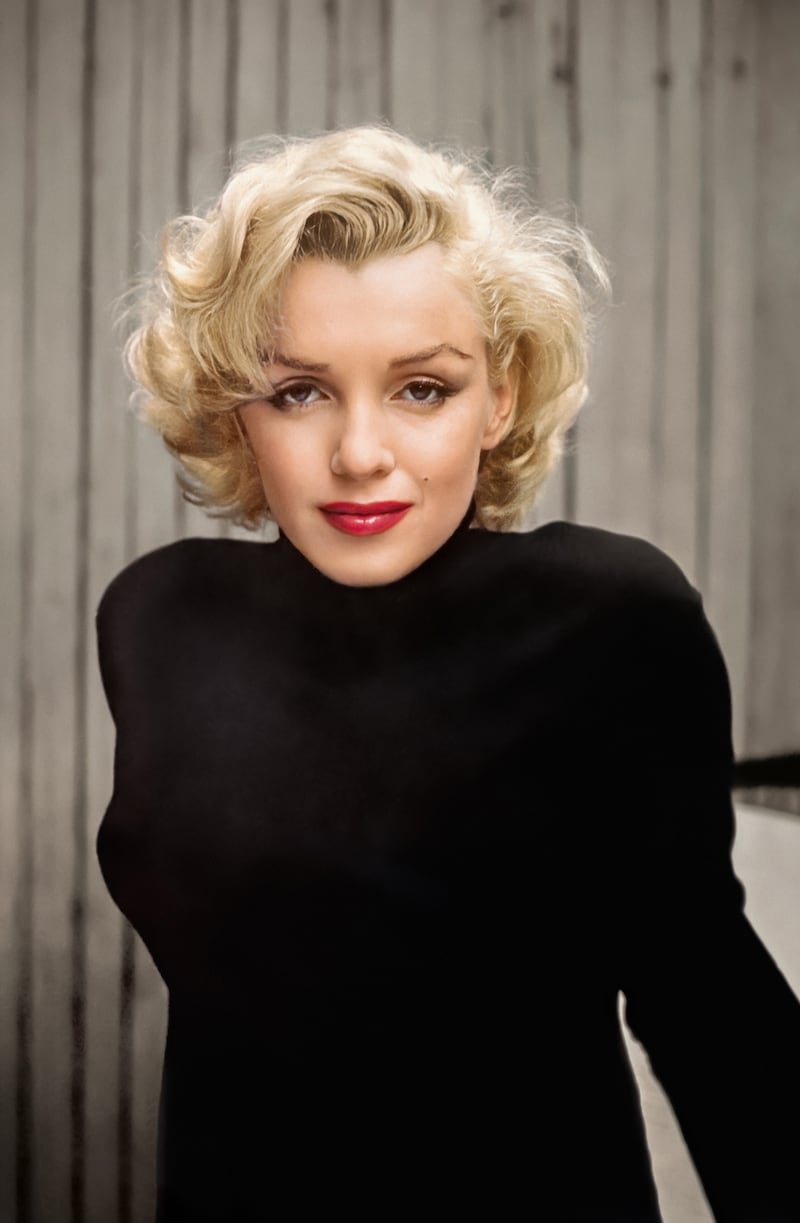
Marilyn Monroe
Alfred Eisenstaedt, Hollywood, 1953
Eisenstaedt later admitted that, on this shoot at Monroe’s home, he had confused the camera loaded with colour for the one loaded with black and white. The result, despite deviations in exposure, remains one of many endlessly reproduced images of a star at the apex of her career.
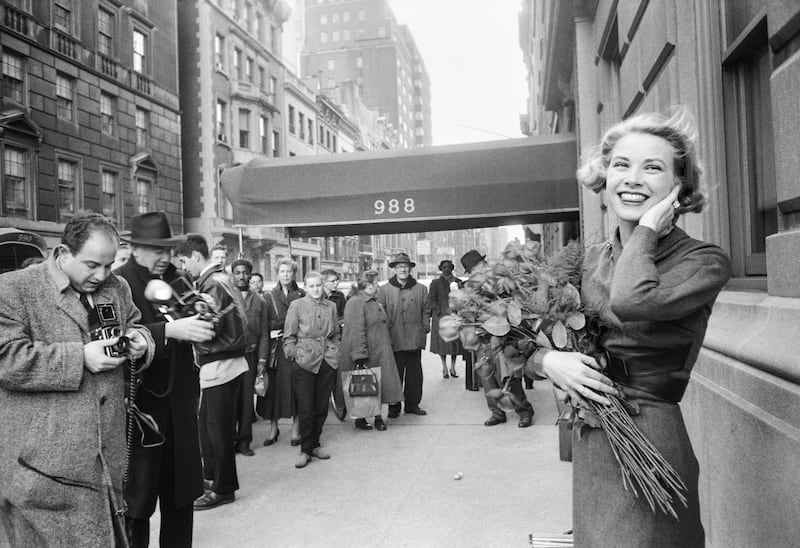
Grace Kelly
Lisa Larsen, New York, 1956
Kelly, Irish-American star, meets the fans outside her New York apartment days before embarkation to Monaco and marriage to Prince Rainier. One can’t help but ponder that even this qualified connection with ordinariness was about to become a thing of the past.
[ How Grace Kelly became an unlikely icon of Irish-American assimilationOpens in new window ]
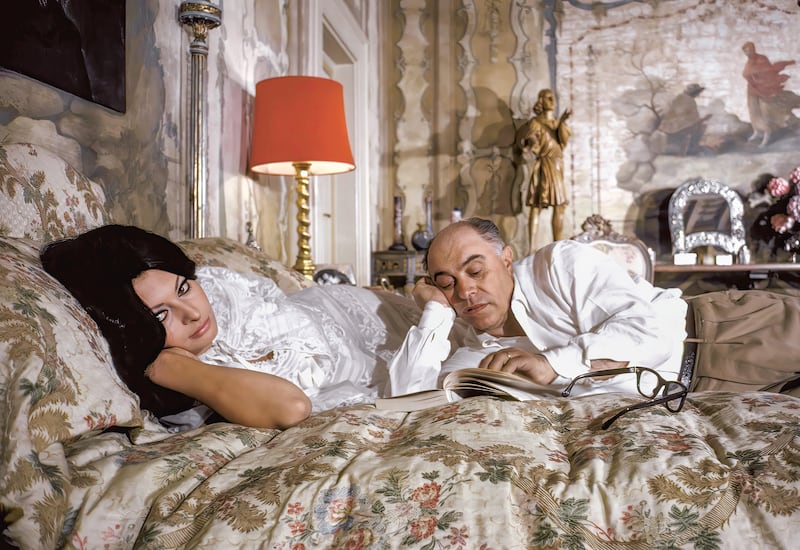
Sophia Loren
Alfred Eisenstaedt, near Rome, 1964
Loren and Carlo Ponti, her producer husband, “welcomed” Life into their 50-room villa to show the New World how actual Italians did opulence. Life noted the building was “as international” as Loren’s life. By which they seemed to mean “not American”.
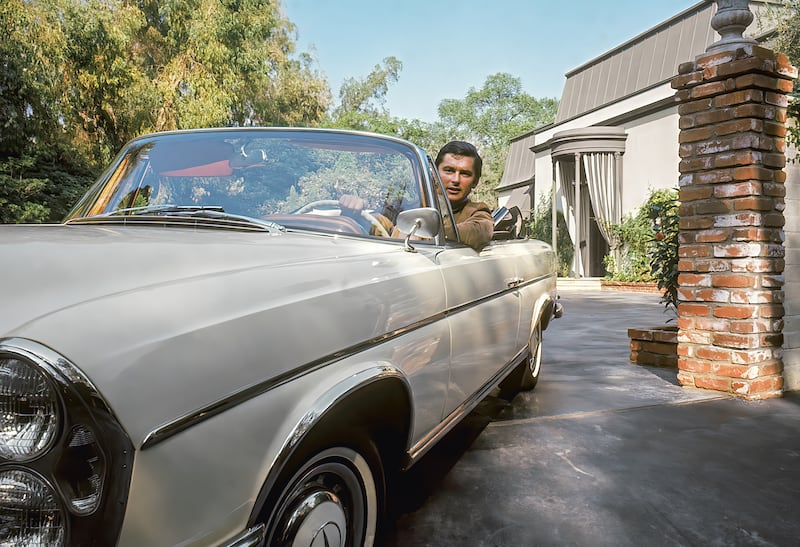
Robert Evans
Alfred Eisenstaedt, Beverly Hills, 1969
Bob Evans, who, as head of production at Paramount, babysat Rosemary’s Baby, The Godfather and Chinatown, arrives to schmooze Hollywood and to usher in a new, less cautious way of working. Irresistibly charming to this humble writer more than 30 years later.
Life: Hollywood is published by Taschen




















